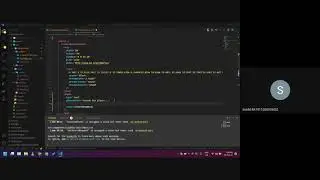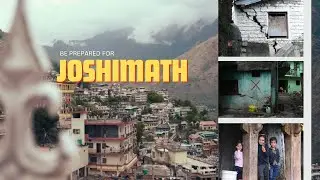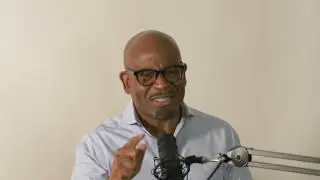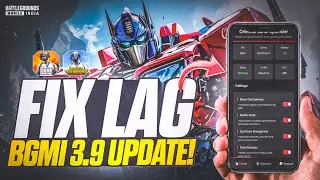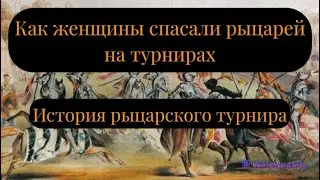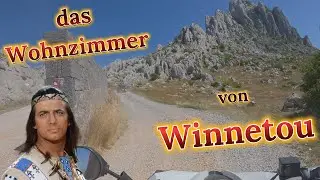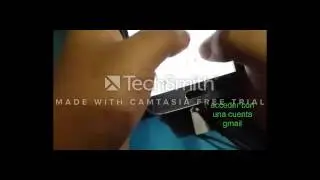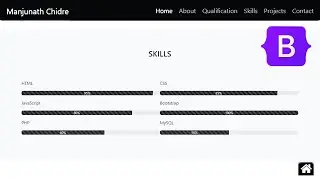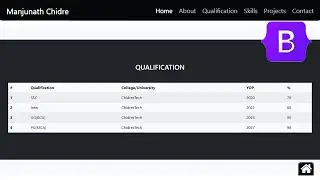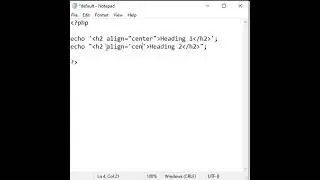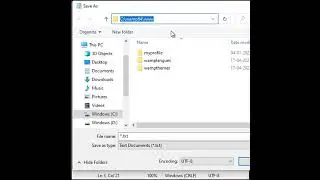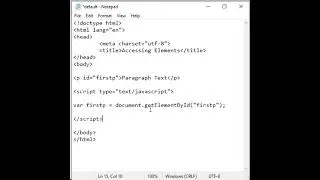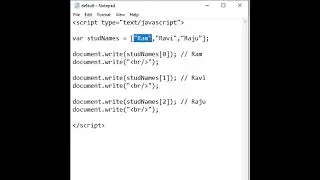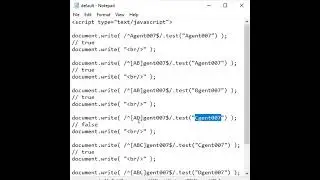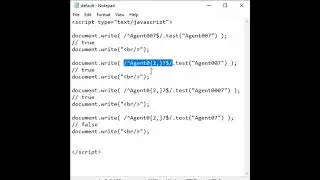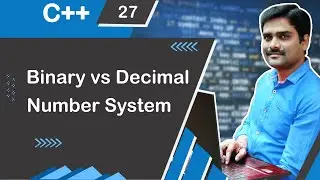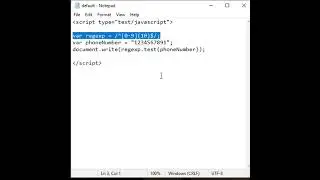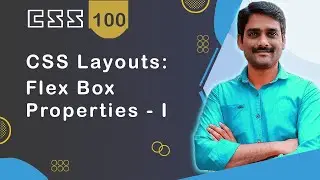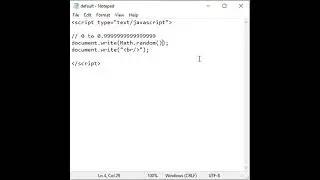How to create and use Layers in Unity - Unity Engine Tutorial 50
How to create and use Layers in Unity - Unity Engine Tutorial 50
- Layers are the way of grouping game objects to control operations like rendering, light illumination, physics interactions, Ray casting etc.
Viewing Tags & Layers Manager:
Edit menu – Project Settings – Tags & Layers
Note: There are 32 layers; first 8 are reserved for specific purpose they are built in layers
and remaining are user layers.
Adding new layer:
Click on Layers - Click on the first empty user layer - Name the layer
Note:Layers can be renamed
Assigning layers:
Select a game object - Click on the Layer drop down menu - Click on the required layer name
Layer dropdown in the tool bar:
Used to control which layer objects must be displayed in the scene view or not
Layers are used to control:
Rendering: Which layer objects a camera must render andmust not render
Camera - Culling mask- Check/uncheck the layer(s)
Light illumination: Which layer objects must be illuminated by this light and not illuminated
Light - Culling mask- Check/uncheck the layer (s)
Physics Interactions: Which layer objects must interact with which layer objects
Edit- Project Settings - Physics - Uncheck respective checkbox
Raycasting:
Which layer objectsmustbe hit by a Ray and not
using UnityEngine;
//Attach it to camera or player
public class RayCaster : MonoBehaviour {
int layerIndex =0; // Default layer is at 0
void Update () {
int layermask = 1 << layerIndex;
// except objects within the layer index, all other objects must hit by the ray
layermask = ~layermask;
RaycastHit hit;
if (Physics.Raycast (transform.position, transform.TransformDirection (Vector3.forward), out hit, Mathf.Infinity, layermask)) {
Debug.DrawRay (transform.position, transform.TransformDirection (Vector3.forward) * hit.distance, Color.green);
} else {
Debug.DrawRay (transform.position, transform.TransformDirection (Vector3.forward) * 1000, Color.red);
}
}
}
Shoot on Click:
usingSystem.Collections;
usingSystem.Collections.Generic;
usingUnityEngine;
publicclassRayCaster : MonoBehaviour
{
intlayerIndex = 0; // Default layer is at 0
voidUpdate()
{
intlayermask = 1 <<layerIndex;
// except objects within the layer index, all other objects must hit by the ray
layermask = ~layermask;
RaycastHit hit;
if (Physics.Raycast(transform.position, transform.TransformDirection(Vector3.forward), out hit, Mathf.Infinity, layermask))
{
Debug.DrawRay(transform.position, transform.TransformDirection(Vector3.forward) * hit.distance, Color.green);
if (Input.GetMouseButtonDown(0))
{
Destroy(hit.transform.gameObject);
}
}
else
{
Debug.DrawRay(transform.position, transform.TransformDirection(Vector3.forward) * 1000, Color.red);
}
}
}
Note:
- repalce < with less-than symbol.
- replace > with greater-than symbol.
=========================================
Follow the link for next video:
Unity Tutorial 51 - How to Create and Use Tags in Unity | Working with Tags in Unity
• How to create and use Tags in Unity -...
Follow the link for previous video:
Unity Tutorial 49 - Introduction to Tags & Layers Manager in Unity
• Unity Tags and Layers Manager - Unity...
=========================================
Unity Tutorials Playlist:-
• Unity Engine Tutorials
=========================================
Watch My Other Useful Tutorials:-
Unity Lighting Tutorials Playlist:-
• Unity Lighting Tutorials
Unity Camera Tutorials Playlist:-
• Unity Camera Tutorials
Unity Particle System Tutorials Playlist:-
• Unity Particle System Tutorials
Unity Physics System Tutorials Playlist:-
• Unity Physics System Tutorials
Unity C-Sharp Scripting Tutorials Playlist:-
• Unity C# Scripting Tutorials
=========================================
Subscribe to our YouTube channel:-
/ chidrestechtutorials
Visit our Website:-
https://www.chidrestechtutorials.com
=========================================
Hash Tags:-
#ChidresTechTutorials #Unity #UnityTutorial
